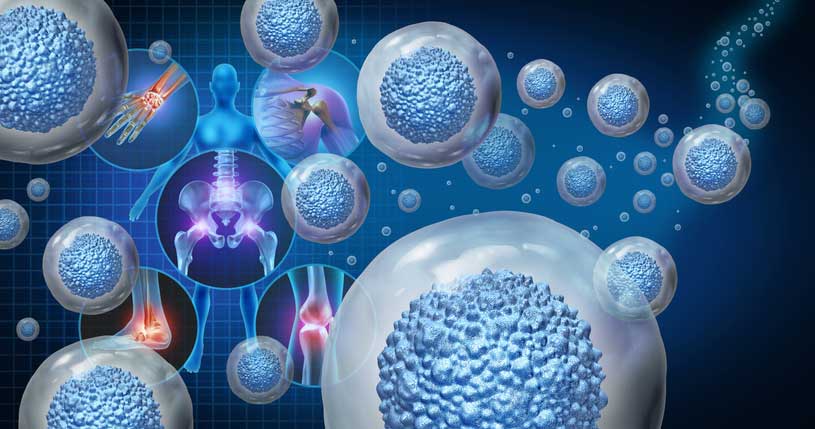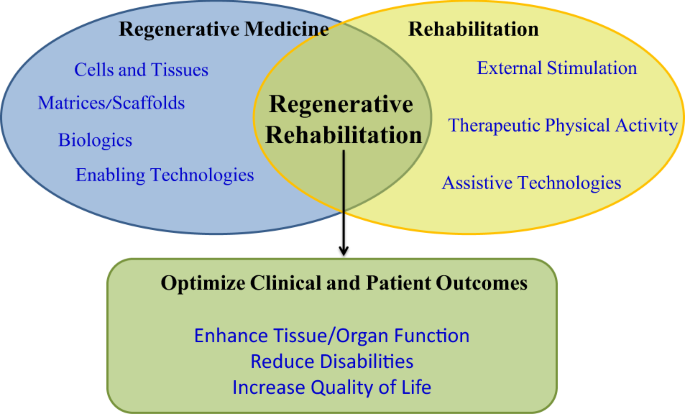
[/image][=video]
[/video]
Many sites made use of for bone marrow harvesting lie in the hip bones and the breast bone. The treatment takes location in the operating room. The donor will be anesthetized throughout the harvest and will not really feel the needle. In recuperation, the donor may experience some pain in the locations where the needle was put.
If an autologous transplant is intended, formerly gathered stem cells, from either peripheral (apheresis) or harvest, are counted, screened, and prepared to instill. The prep work for a bone marrow transplant vary depending upon the sort of transplant, the disease requiring transplant, and your resistance for sure medicines. Think about the following: Usually, high dosages of chemotherapy and/or radiation are included in the prep work.
This therapy is typically called ablative, or myeloablative, due to the impact on the bone marrow. The bone marrow generates many of the blood cells in our body. Ablative therapy stops this procedure of cell production and the marrow comes to be vacant. A vacant marrow is needed to make room for the brand-new stem cells to expand and establish a brand-new blood cell production system.
It is not a surgery to put the marrow right into the bone, but is comparable to receiving a blood transfusion. The stem cells discover their way into the bone marrow and begin reproducing and growing brand-new, healthy and balanced blood cells. After the transplant, supportive treatment is offered to protect against and deal with infections, side impacts of treatments, and difficulties.
Menopause Treatment around Marquette
The days prior to transplant are counted as minus days. The day of transplant is taken into consideration day absolutely no. Engraftment and recovery following the transplant are counted as plus days. For instance, an individual might enter the healthcare facility on day -8 for preparative programs. The day of transplant is numbered absolutely no. Days +1, +2, and so on, will certainly follow.
The days are numbered to help the individual and household recognize where they remain in regards to risks and discharge planning. Throughout infusion of bone marrow, the patient might experience the following: Pain Chills High Temperature Hives Chest pain After mixture, the patient might: Invest a number of weeks in the hospital Be very vulnerable to infection Experience excessive blood loss Required blood transfusions Be constrained to a tidy environment Take numerous prescription antibiotics and various other medicines Be provided medication to avoid graft-versus-host diseaseif the transplant was allogeneic.
Platelets are usually the last blood cell to recover. Engraftment can be delayed because of infection, medicines, reduced donated stem cell count, or graft failure.
Bacterial infections are one of the most common. Viral and fungal infections can be deadly. Any kind of infection can trigger a prolonged healthcare facility keep, prevent or postpone engraftment, and/or reason permanent organ damages. Anti-biotics, antifungal medications, and antiviral medicines are typically provided to attempt to protect against major infection in the immunosuppressed client. Thrombocytopenia (low platelets) and anemia (reduced red blood cells), as an outcome of a nonfunctioning bone marrow, can be hazardous and also deadly.
Pain pertaining to mouth sores and stomach (GI) inflammation is common. High doses of radiation treatment and radiation can trigger extreme mucositis (swelling of the mouth and GI system). Liquid overload is a problem that can lead to pneumonia, liver damage, and high blood stress. The main factor for fluid overload is due to the fact that the kidneys can not maintain up with the huge quantity of fluid being given up the type of intravenous (IV) medications, nourishment, and blood items.
Medical Group

Respiratory system status is an important feature that may be jeopardized throughout transplant. Infection, inflammation of the airway, liquid overload, graft-versus-host illness, and blood loss are all prospective dangerous complications that might happen in the lungs and pulmonary system. The liver and heart are essential body organs that might be harmed throughout the hair transplant procedure.
Failure of the graft (transplant) holding in the marrow is a possible issue. Graft failure may take place as an outcome of infection, recurrent illness, or if the stem cell matter of the donated marrow wanted to create engraftment. Graft-versus-host illness (GVHD) can be a serious and lethal difficulty of a bone marrow transplant.
Instead of an organ transplant where the client's immune system will certainly try to decline only the transplanted body organ, in GVHD the new or hair transplanted body immune system can strike the whole client and all of his/her body organs. This is due to the fact that the brand-new cells do not identify the cells and organs of the recipient's body as self.
The most typical websites for GVHD are GI system, liver, skin, and lungs. Diagnosis greatly depends upon the following: Kind of transplant Type and extent of the condition being dealt with Illness reaction to treatment Genes Your age and general health Your tolerance of details medications, procedures, or treatments Intensity of problems Similar to any type of procedure, in bone marrow transplant the prognosis and long-term survival can differ considerably from one person to another.
Medical Group
Continuous follow-up treatment is important for the client adhering to a bone marrow transplant. New techniques to improve treatment and to lower difficulties and adverse effects of a bone marrow transplant are continuously being found.
Regenerative medicine treatments can be separated into three categories: facilitate recovery by infusing or placing real-time cells right into the patient. Instances of mobile therapy consist of PRP and stem cell therapies, which can be used to deal with tendinopathy and other sports injuries.
Outer nerves, for example, consist of Schwann cells, nerve fibroblasts, and immune cells, each playing a function in nerve regrowth, as discussed below. Stem cell therapy is one of the most extensively investigated and promising branches of cell regeneration treatment. Some cells, such as epithelial cells in the skin or the cellular lining of the intestinal tract, have a high turnover rate and can regenerate restore.
Navigation
Latest Posts
Stem Cell Therapy in Marquette, Michigan
Hormone Therapy around Marquette, Michigan
Menopause Therapy